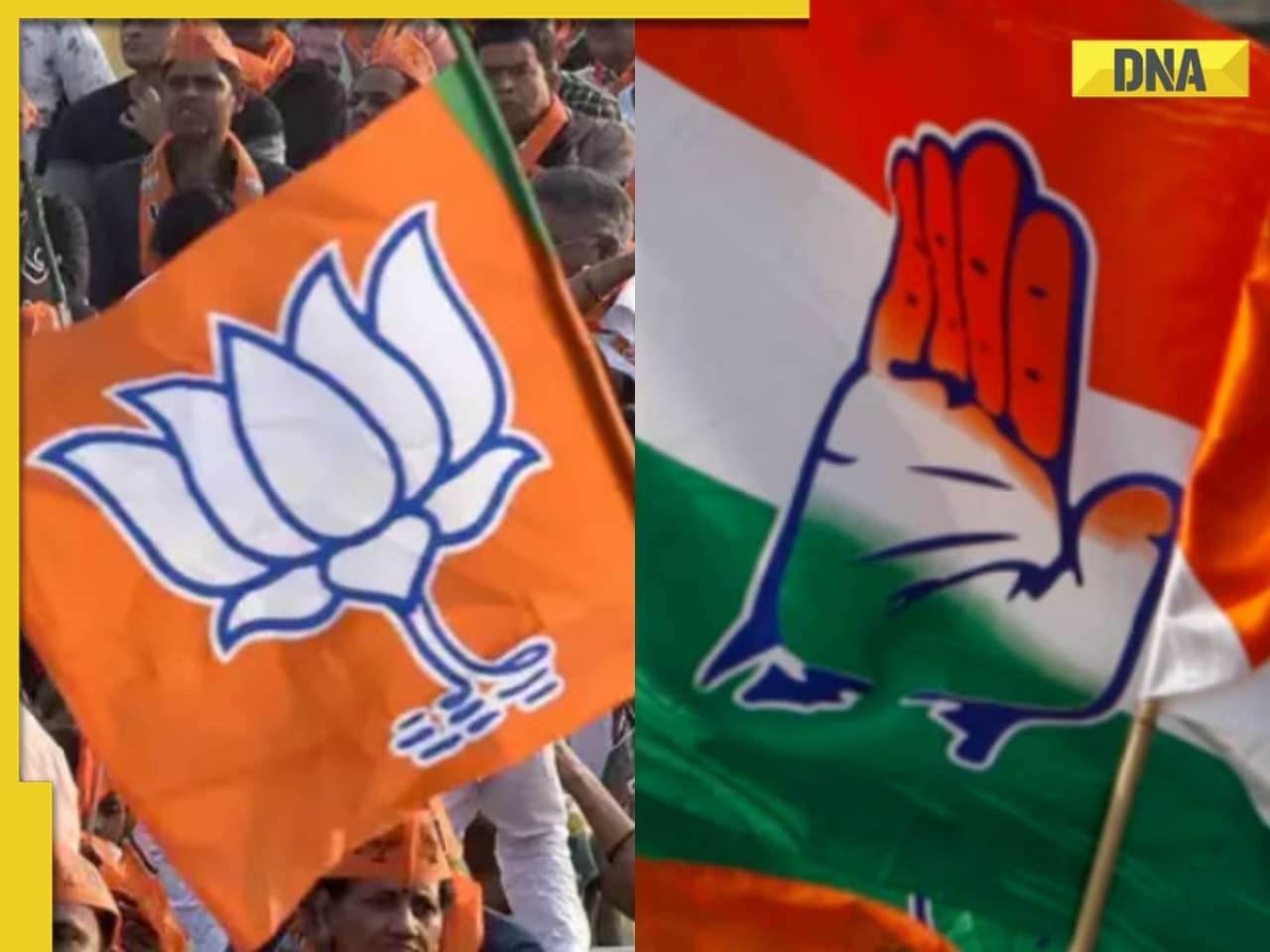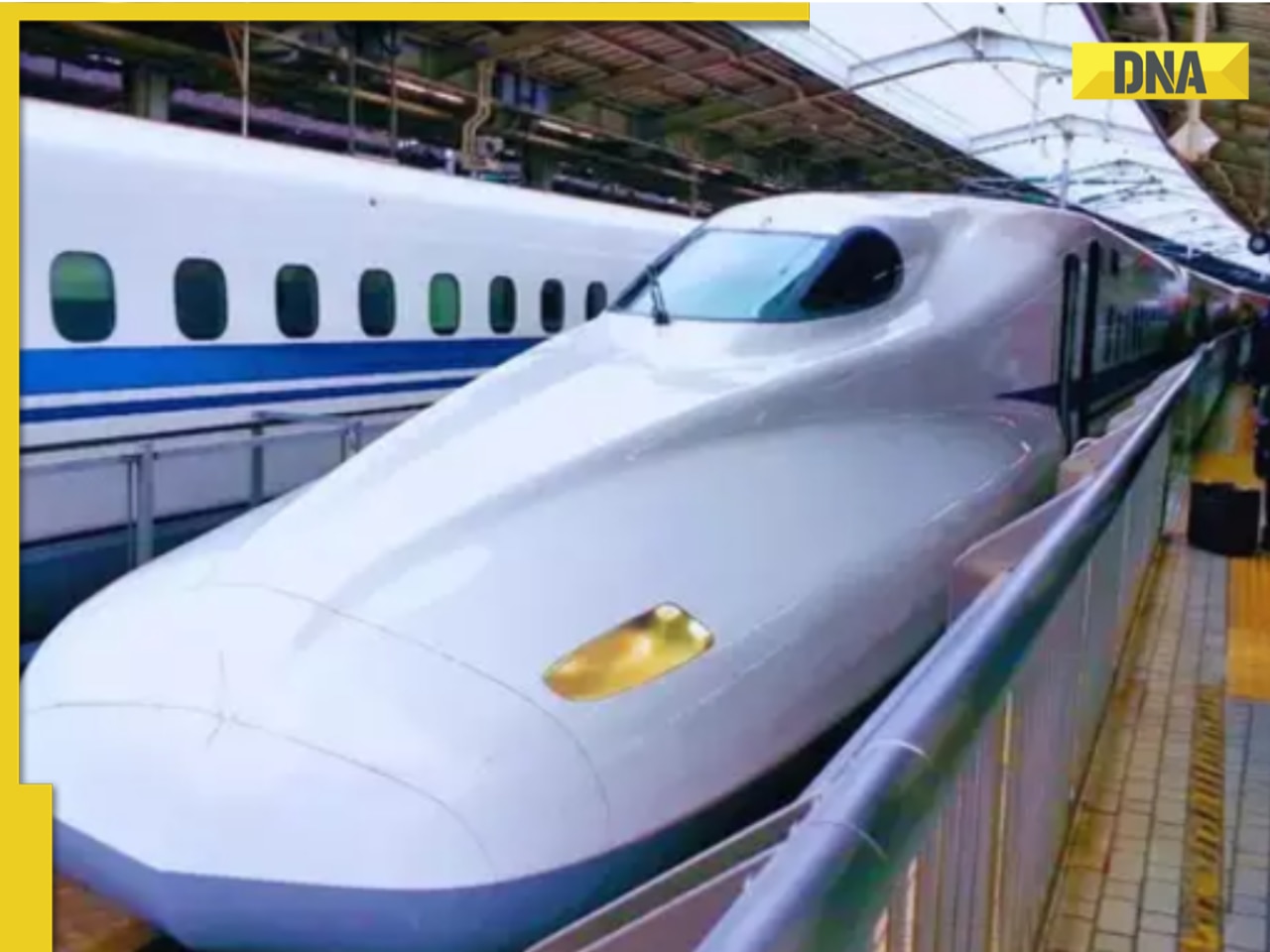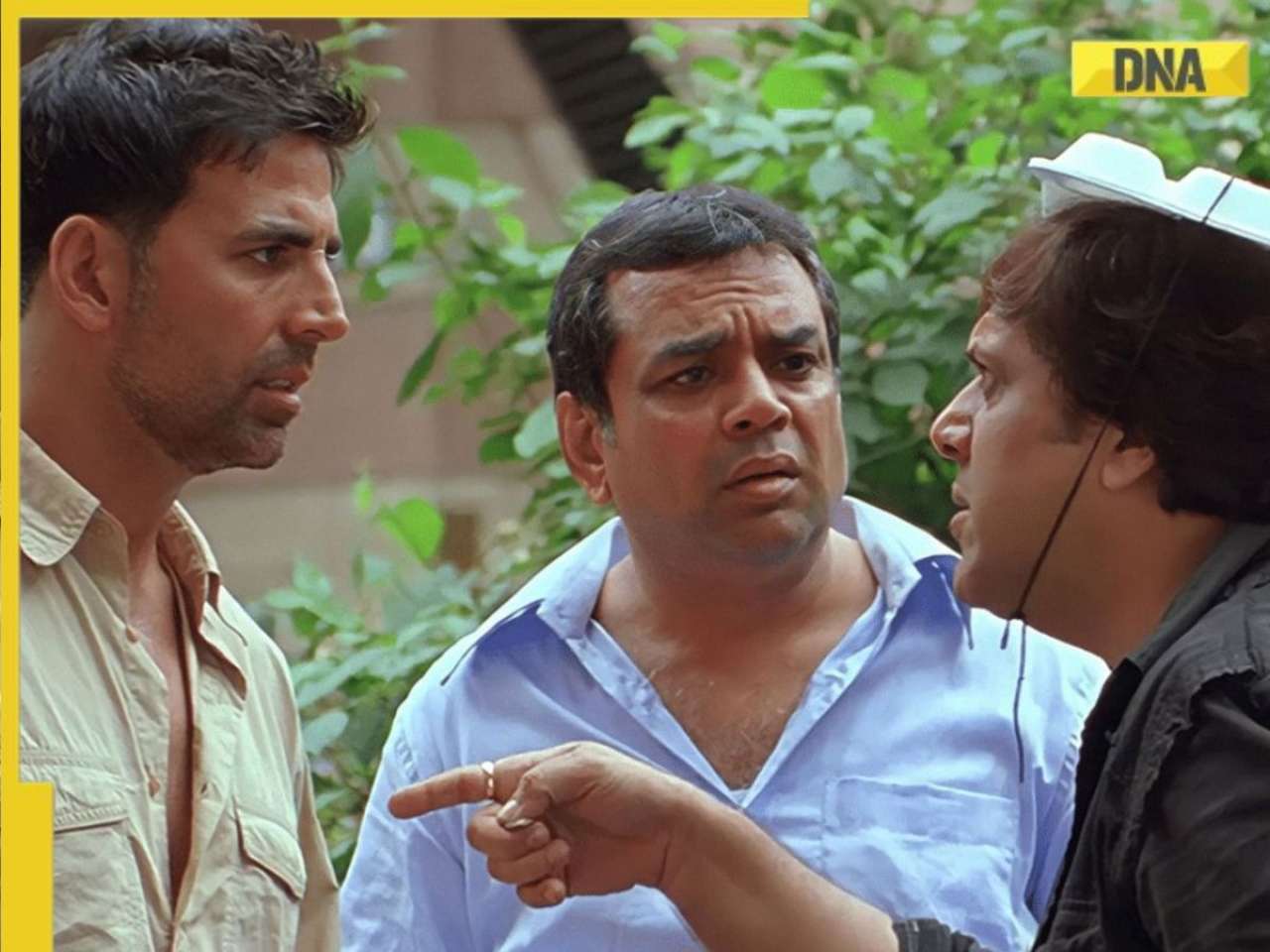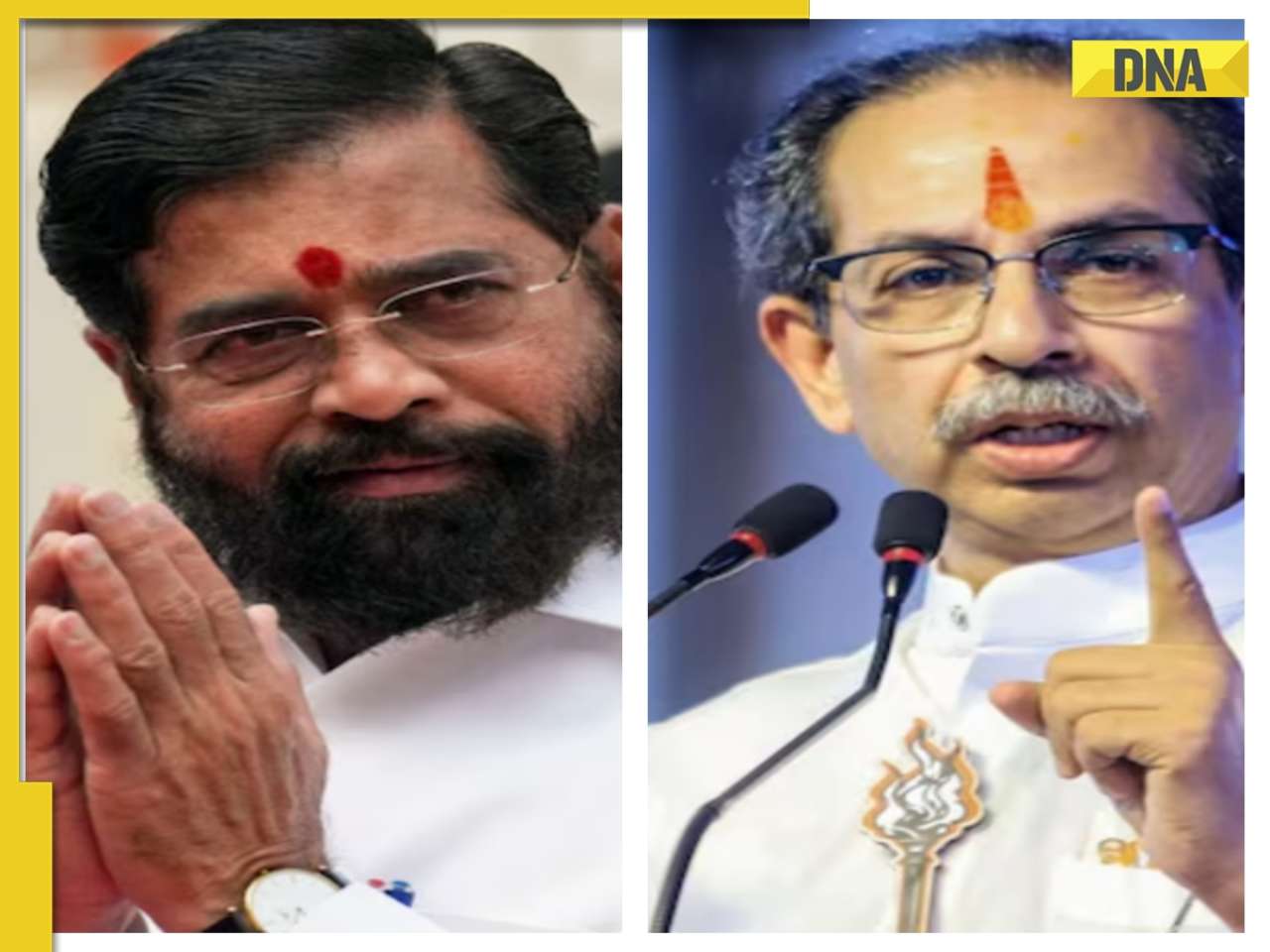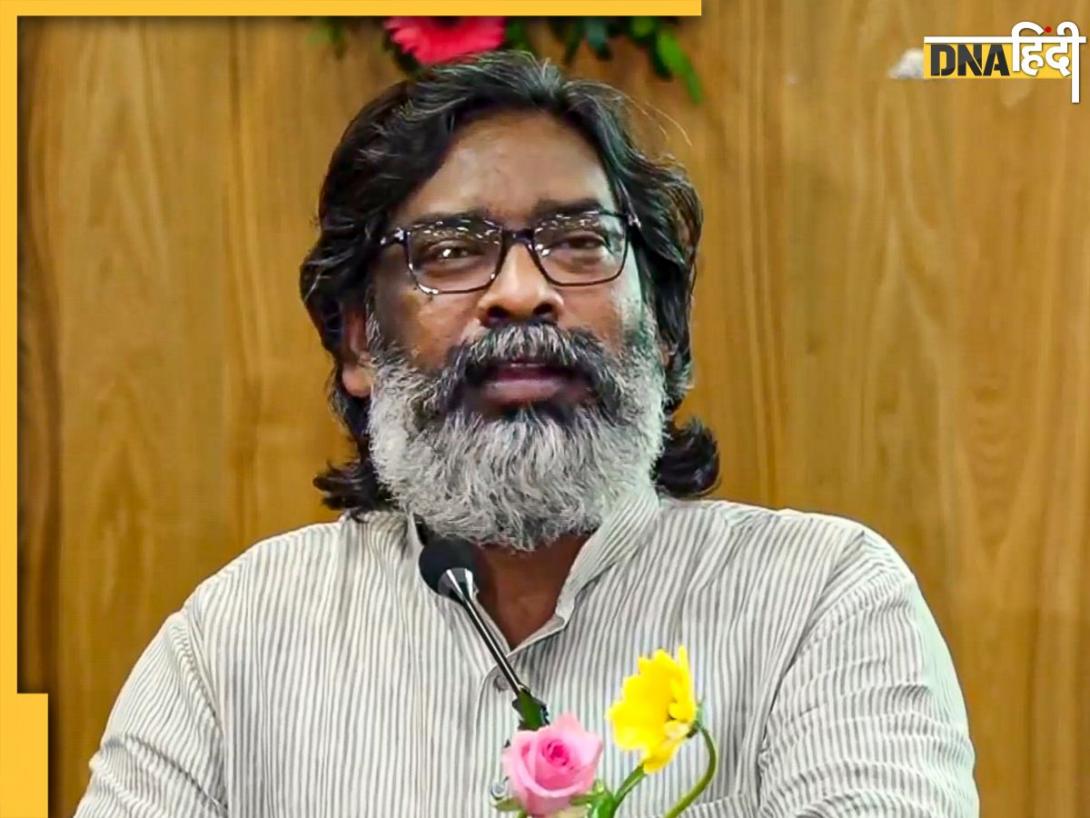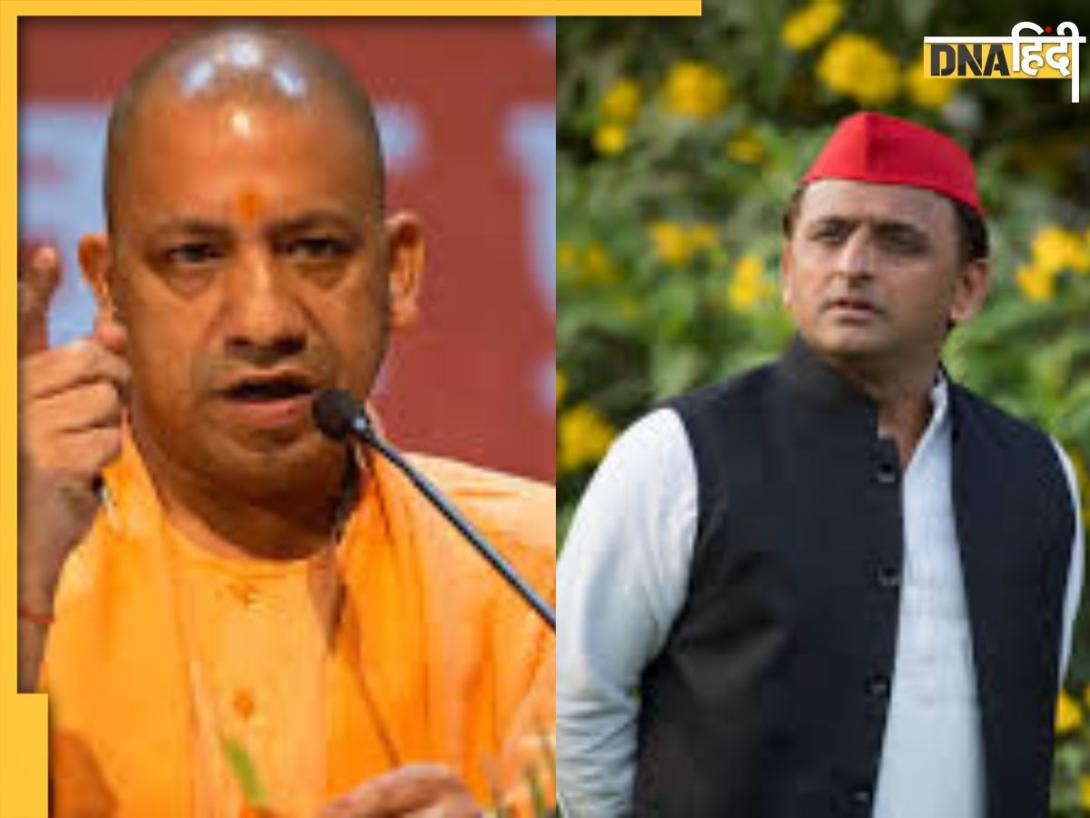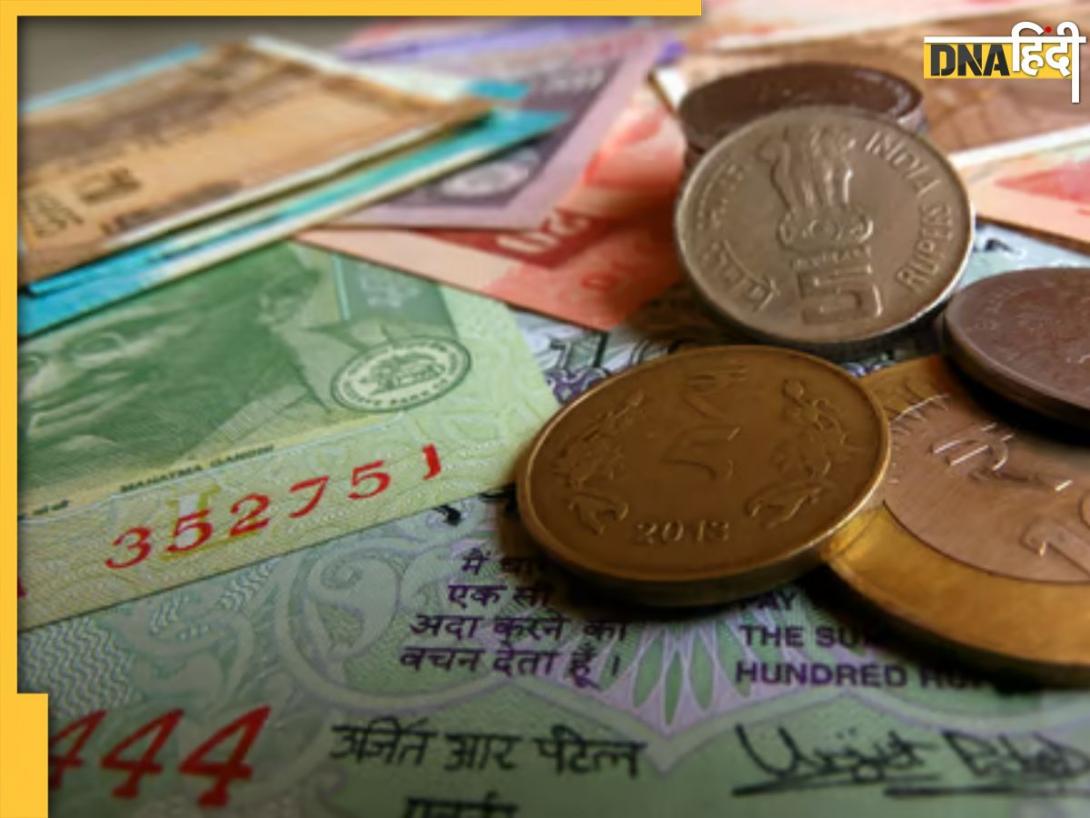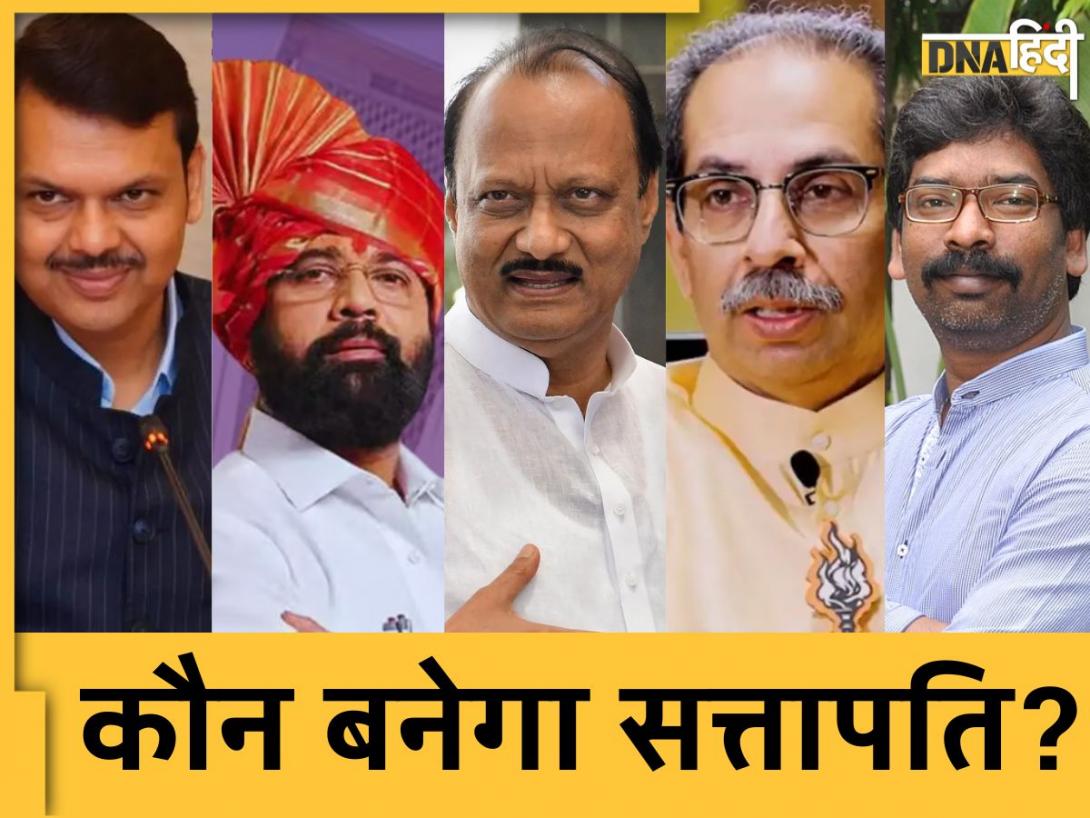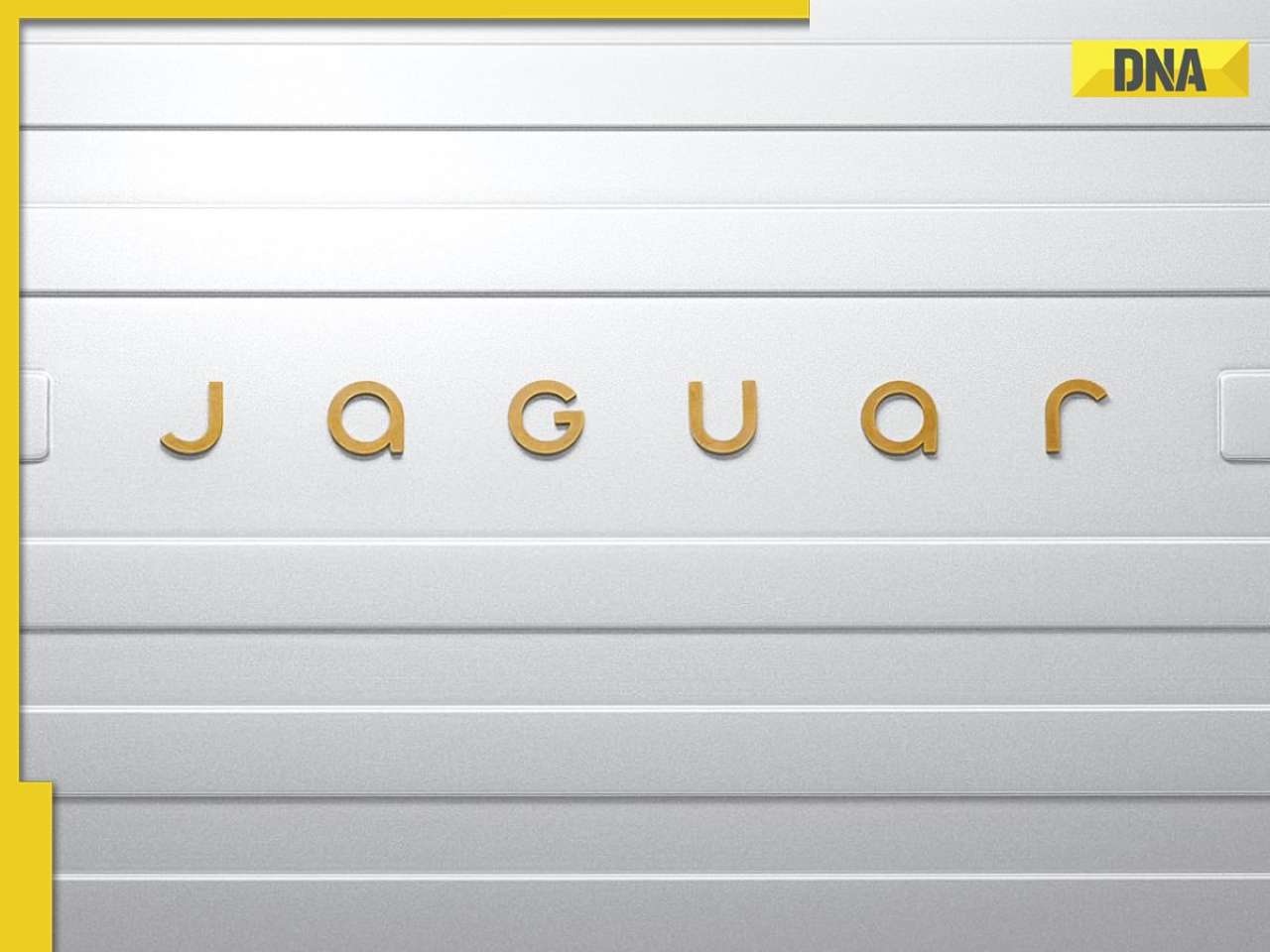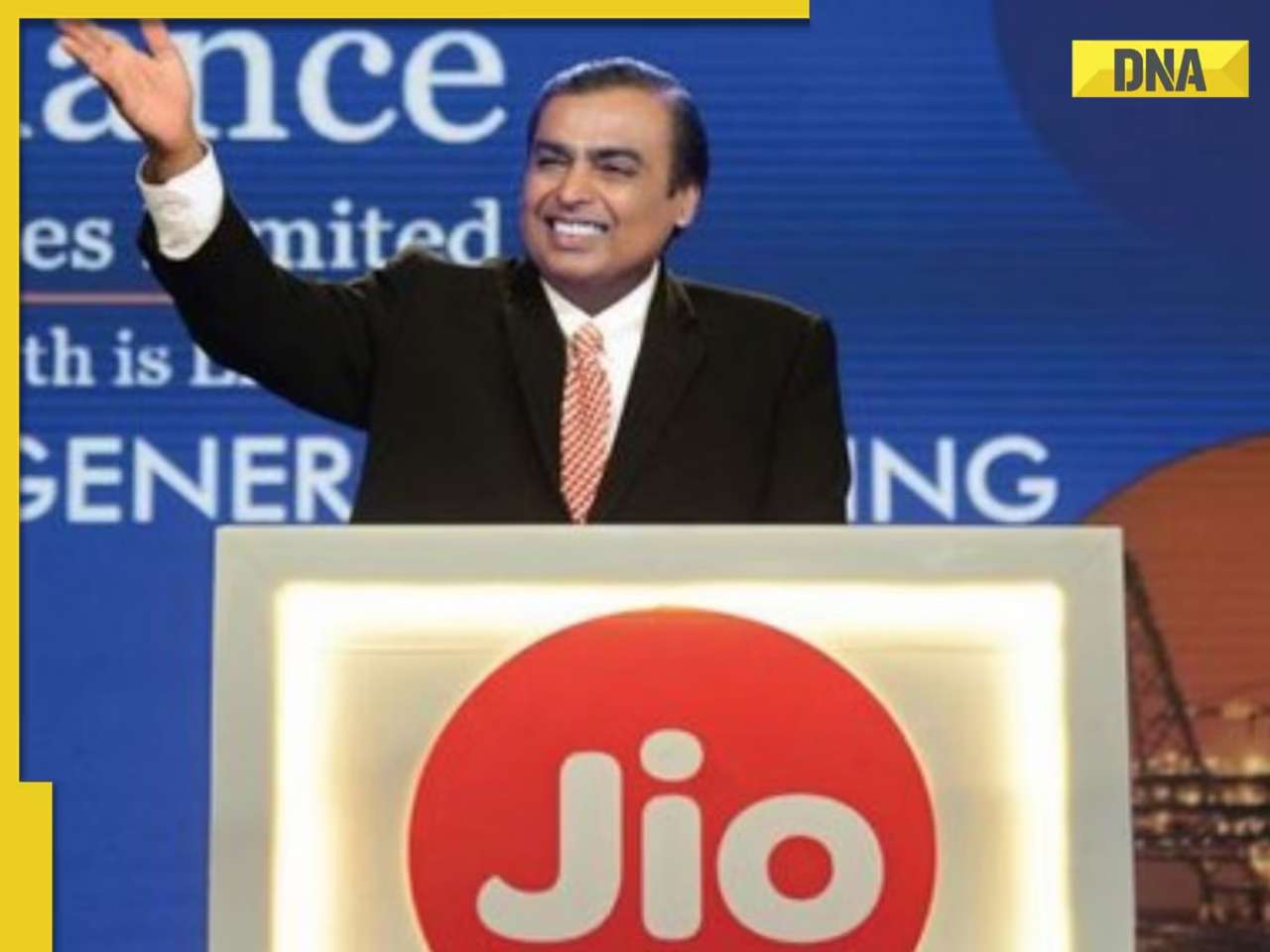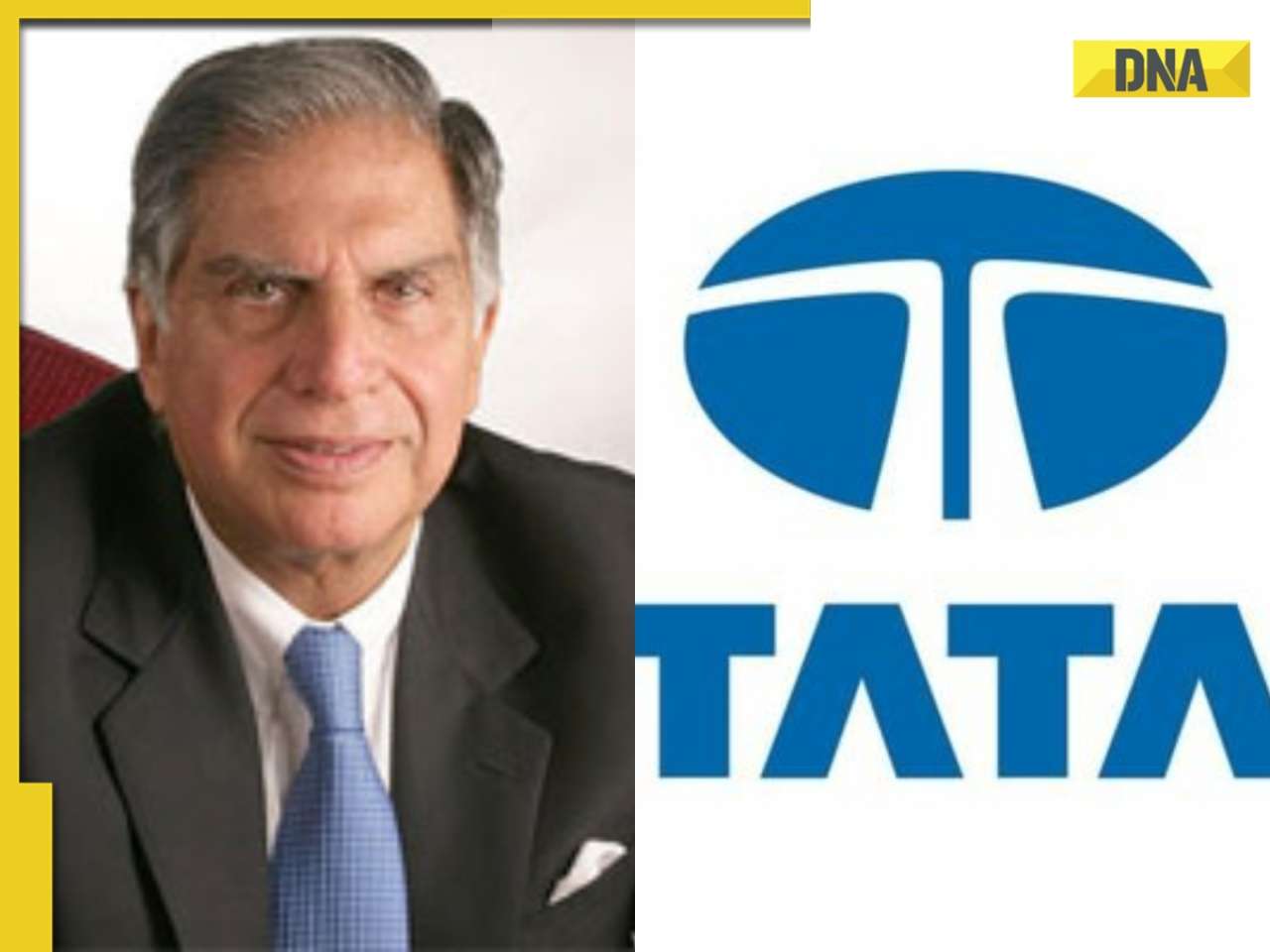- LATEST
- WEBSTORY
- TRENDING
BUSINESS
The end of Ponzi prosperity
In January 1971, Richard Nixon recanted years of opposition to budget deficits declaring: “Now, I am a Keynesian.”
TRENDING NOW
In January 1971, Richard Nixon recanted years of opposition to budget deficits declaring: “Now, I am a Keynesian.” Nixon had borrowed the line from Milton Friedman who had used it in 1965. Then, we embraced Monetarism and flirted with “supply side” economics, christened “voodoo economics” by President George Bush Senior. Now, in the wake of the Global Financial Crisis (“GFC”), it seems that we are all Keynesians again.
The GFC is really a “Minsky moment”. In Stabilizing an Unstable Economy (1986), Hyman Minsky outlined a hypothesis that excessive risk taking, driven in part by stability led to market breakdowns - stability is itself destablising. The current crisis is financial, economic, social and increasingly ideological. Nikolas Sarkozy, President of France, has pronounced the death of laissez-faire capitalism: “c’est fini”.
World leaders have penned fevered attacks on neo-liberalism. Even religious leaders have spoken out. Dead economists have been resurrected in support of political positions. As Keynes himself observed: “The ideas of economists and political philosophers, both when they are right and when they are wrong, are more powerful than is commonly understood. Indeed the world is ruled by little else. Practical men, who believe themselves to be exempt from any intellectual influences, are usually the slaves of some defunct economist. Madmen in authority, who hear voices in the air, are distilling their frenzy from some academic scribbler of a few years back.”
No “pure” economic model has been implemented in living memory, except perhaps in North Korea. The theories themselves rarely work. John Kenneth Galbraith is reported as saying: “Milton’s (Friedman’s) misfortune is that his policies have been tried.”
Criticisms of the ancient regime are substantive and deserved. There have been undoubtedly egregious market failures, management excesses and errors in the lead up to the GFC. But the key lessons of the crisis may be subtler than first evident.
Growth has been driven by cheap and abundant debt and carbon emissions and other forms of pollution. The reality is that this period of growth may be coming to an end.
All brands of politics and economics have been informed by assumptions about the sustainability of high levels of economic growth and the belief that governments and central bankers can exert a substantial degree of control over the economy.
Harry Johnson, the famed Chicago economist, writing about England in the 1970s with his wife Elizabeth in The Shadow of Keynes (1978) provides a vivid description of this pre-occupation: “...faster economic growth is the pancea for all...economic and for all that matter political problems and that faster growth can be easily achieved by a combination of inflationary demand-management policies and politically appealing fiscal gimmickry.”
The debate between “opposite” ideologies misses the point that it may not be feasible to re-attain the growth levels in the global economy of the last 20 years or so. Goldilocks economy P J O’Rourke writing in Eat The Rich (1998) observed that: “Economics is an entire scientific discipline of not knowing what you’re talking about.”
Recent global prosperity derived from a fortunate confluence of low inflation and low interest rates. In the 1980s, brutally high interest rates and recessions squeezed inflation out of the economy facilitating lower interest rates. Low energy prices, following the first Gulf War, helped keep inflation low and fuelled growth.
The fall of the Berlin Wall in 1989 and the reintegration of the command economies of Eastern Europe, China and India into global trade provided low-cost labour helping maintain the supply of cheap goods and services. Emerging economies provided substantial new markets for products and capital driven by the very high levels of savings in these countries.
Deregulation of key industries, such as banking and telecommunications, fostered growth by increasing access to finance and improved essential infrastructure. Adoption of new technologies, such as information technology and the Internet, improved productivity and assisted growth, though the extent is disputed.
Many countries switched from employer or government pension schemes to private retirement saving arrangements underwritten by generous tax incentives. Rapid growth in this pool of investment capital was also a factor in growth. Governments, irrespective of political persuasion, benefited from the favourable economic environment. The ability of governments and central banks to control and “fine tune” the economy with a judicial mixture of monetary and fiscal policy became an article of accepted faith. Voters were lulled into false confidence by a mixture of rising wealth, improved living standards and stability.
Elegant theories about the “Great Moderation” or “Goldilocks Economy”, with the benefit of hindsight, seem to be little more than narrative fallacies where a convincing but meaningless story is shaped to fit unconnected facts and coincidence is confused with causality. Ponzi prosperity Growth, in reality, was founded on a series of elegant Ponzi schemes.
Consumption rather than investment drove growth, particularly in the developed world. Debt fuelled consumption became the norm. In the new economy, there were three kinds of people - “the haves”, “the have-nots”, and “the have-not-paid-for-what-they-haves”.
The consumption was financed by borrowings supplied by a deregulated financial system. Many workers’ earnings fell in inflation adjusted terms as a result of global competition and associated outsourcing and off shoring practices. The ability to borrow against the appreciation in owner occupied houses and other financial assets underpinned consumption.
Investors, central banks with large reserves, pension funds and asset managers channelling privatised retirement savings, eagerly purchased the debt. Borrowing fuelled higher asset prices allowing even greater levels of borrowing against the value of the asset. This virtuous cycle - a “positive feedback loop” - fuelled the “doctor feel good” economy of recent years.
“Financial engineering” replaced “real engineering” in many countries. Entire cities (London and New York) and economies (Iceland) become dominated by the rapidly growing financial services industry. In the US, financial services’ share of total corporate profits increased from 10% in the early 1980s to 40% in 2007. The stockmarket value of financial services firms increased from 6% in the early 1980s to 23% in 2007.
The reliance on financial innovation proved disastrous.
In A Short History of Financial Euphoria, John Kenneth Galbraith noted that: “Financial operations do not lend themselves to innovation. What is recurrently so described and celebrated is, without exception, a small variation on an established design . . . The world of finance hails the invention of the wheel over and over again, often in a slightly more unstable version.”
Financially engineered growth extended into international trade flows. Since the 1990s, there has been a substantial build-up of foreign reserves in central banks of emerging markets and developing countries that became the foundation for a trade finance scheme.
Many global currencies were pegged to the dollar at an artificially low rate, like the Chinese Renminbi, to maintain export competitiveness. This created an outflow of dollars (via the trade deficit driven by excess US demand for imports based on an overvalued dollar). Foreign central bankers purchased US debt with dollars to mitigate upward pressure on their domestic currency. The recycled dollars flowed back to the US to finance the spending on imports.
The process relied on the historically unimpeachable credit quality of the USA and large, liquid markets in dollars and dollar investments capable of accommodating the very large investment requirements. This merry-go-round kept US interest rates and cost of capital low encouraging further borrowing to finance consumption and imports to keep the cycle going.
Foreign central banks holding reserves were lending the funds used to purchase goods from the country. The exporting nations never got paid at least until the loan to the buyer (the vendor finance) was paid off. Essentially, growth in global trade was also debt fuelled.
Moderate debt levels are sustainable provided the value of the asset supporting the borrowing is stable and significantly higher than the amount of the loan. The borrower or the collateral for the loan must generate sufficient income to service and repay the borrowing. In the frenzied market environment of low interest rates and ever rising asset prices, the level of collateral cover and ability to service the loans deteriorated sharply. In 2005, rising interest rates and a cooling in the US housing market set the stage for the GFC.
Sigmund Freud once remarked that: “Illusions commend themselves to us because they save us pain and allow us to enjoy pleasure instead. We must therefore accept it without complaint when they sometimes collide with a bit of reality against which they are dashed to pieces.” The GFC was the reality on which the fake pleasure of the Great Moderation and Goldilocks economy was smashed.
Taking the cure There is currently confusion between the disease and the cure. The “disease” is the excessive debt and leverage in the financial system, especially in the US, Great Britain, Spain and Australia. The “cure” is the reduction of the level of debt that is now underway (the great “deleveraging”).
The initial phase of the cure is the reduction in debt within the financial system. Some of the debt created during the Ponzi prosperity years will not be repaid. Non-repayment of this debt, in turn, has caused the failure of financial institutions. The process destroys both existing debt and also limits the capacity for further credit creation by financial institutions.
Total losses from the GFC to financial institutions, according the latest estimates, will be in excess of $2 trillion. Banks need additional capital to cover assets that were parked in the “shadow banking system” (the complex of off-balance sheet special purpose vehicles) but are now returning to the mother ship’s balance sheet. The global banking system, in aggregate, is close to technically insolvent.
Commercial sources for recapitalisation are limited as losses mount and the outlook for the financial services industry has deteriorated. Government ownership or de facto nationalisation is the only option to maintain a viable banking system in many countries.
Even after recapitalisation the capital shortfall in the global banking system is likely to be around $1-3 trillion. This equates to a forced contraction in global credit of around 20-30% from existing levels.
The second phase of the cure is the effect on the real economy. The problems of the financial sector have increased the cost and reduced availability of debt to borrowers for legitimate business purposes. The scarcity of capital means that banks must reduce their balance sheets by reducing their stock of loans. Normal financing and loans are now being effectively rationed in global markets.
This forces corporations to reduce leverage by cutting costs, selling assets, reducing investment and raising equity. This also forces consumers to reduce debt by selling assets (where available) and reducing consumption.
“Negative feedback loops” mean reduction in investment and consumption lowers economic activity, placing stresses on corporations and individuals setting off bankruptcies that trigger losses for the financial system that further reduces lending capacity. De-leveraging continues through these iterations until overall levels of debt reach a sustainable level determined by lower asset prices and cash flows available to service the debt. Within the financial sector, deleveraging is well advanced. In the real economy it is in the early stages. The process echoes Joseph Schumpter’s famous maxim of “creative destruction”.
Satyajit Das is a risk consultant and author of Traders, Guns & Money: Knowns and Unknowns in the Dazzling World of Derivatives (2006, FT-Prentice Hall). This article draws on the ideas from ‘Built to Fail’, an earlier article by Satyajit Das published in The Monthly (April 2009)
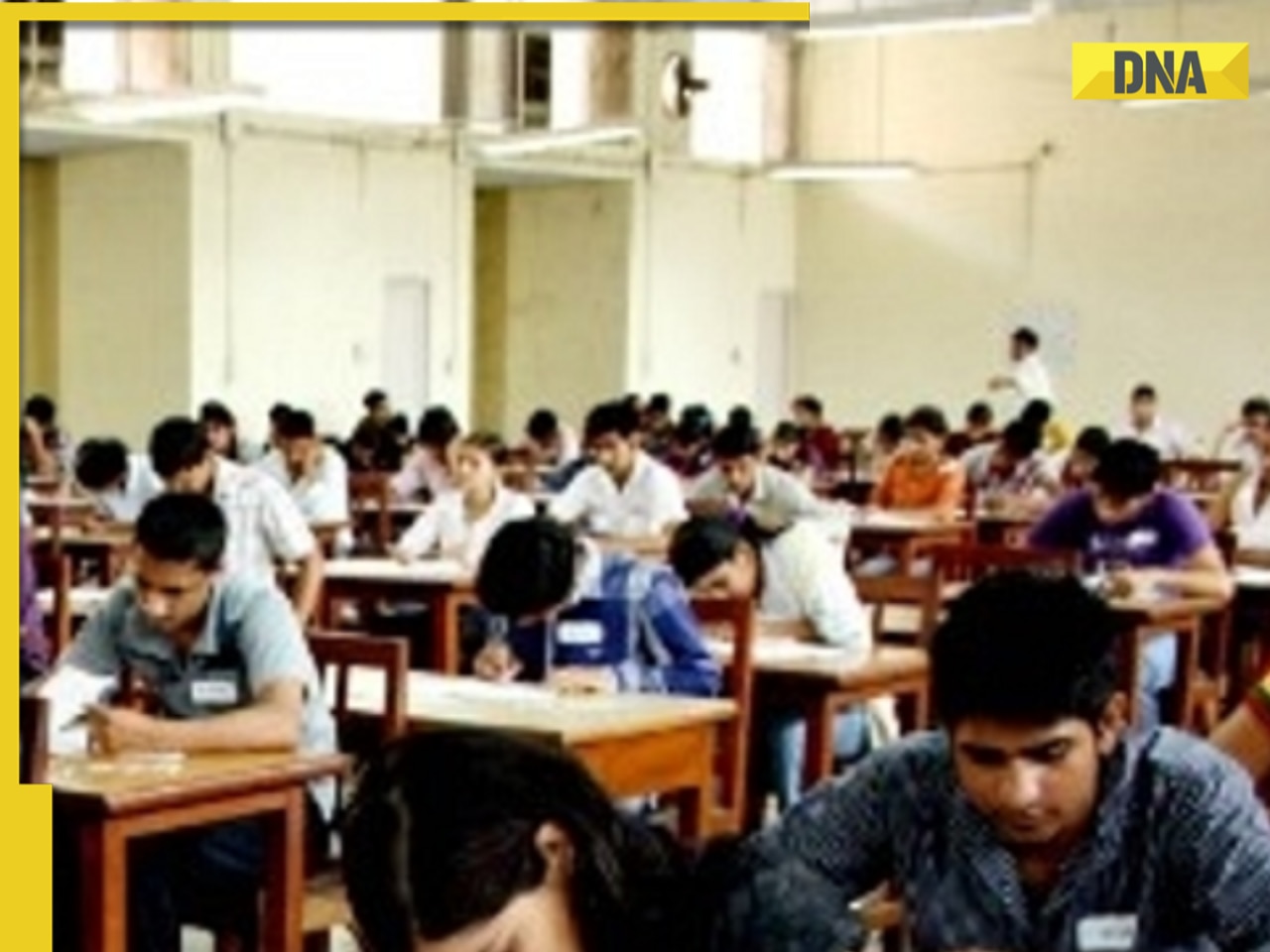







)
)
)
)
)
)
)
)
)
)
)
)
)
)
)





